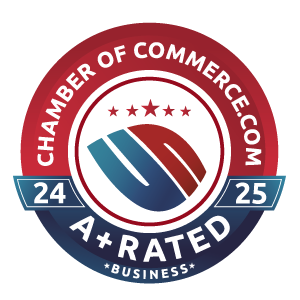Miami’s coastal beauty makes it one of the most sought-after real estate markets in the U.S. But with its proximity to the ocean, canals, and Biscayne Bay, many properties fall into flood zones. For homebuyers, this doesn’t just mean a higher risk of water damage — it also directly impacts mortgage approvals and monthly costs.
In this article, we’ll explain what flood zones are, how they affect mortgages in Miami, and how a Miami mortgage broker can help you secure financing even in high-risk areas.
What Are Flood Zones?
Flood zones are designations by the Federal Emergency Management Agency (FEMA) that indicate a property’s risk of flooding.
-
High-Risk Zones (A or V): Flood insurance is required by lenders.
-
Moderate- to Low-Risk Zones (B, C, X): Insurance is optional but recommended.
-
Coastal High Hazard Areas (V Zones): Highest risk, stricter requirements.
In Miami, many waterfront and low-lying neighborhoods fall into these high-risk categories.
Why Flood Zones Matter for Mortgages
Lenders want to ensure their investment is protected. If you’re buying in a flood zone, they will:
-
Require Flood Insurance – This is non-negotiable for high-risk zones.
-
Verify FEMA Maps – Properties are checked against official flood maps.
-
Factor Insurance Premiums Into Approval – High premiums increase your monthly payment, raising your debt-to-income ratio (DTI).
-
Limit Loan Options – Some lenders avoid financing properties in very high-risk zones.
The Cost of Flood Insurance in Miami
Flood insurance costs vary widely depending on:
-
Location & Elevation: Waterfront homes or ground-floor condos pay more.
-
Property Type & Age: Older homes may not meet updated codes.
-
Coverage Amounts: Lenders require enough coverage to protect the loan balance.
On average, Miami buyers can expect $600 to $3,000+ per year, though waterfront homes may exceed $10,000.
Loan Options for Flood Zone Properties
-
Conventional Mortgages: Allowed if flood insurance is secured.
-
FHA Loans: Acceptable in flood zones if insurance is in place.
-
VA Loans: Eligible properties must meet VA flood zone requirements.
-
Portfolio Loans: Some private lenders finance high-risk properties with flexible terms.
A mortgage broker helps match you with lenders willing to finance flood zone properties.
How a Mortgage Broker Helps Buyers in Flood Zones
-
Checks Flood Zone Status Early: Avoids surprises late in the process.
-
Shops Insurance Quotes: Connects buyers with agents for competitive premiums.
-
Advises on Property Selection: Explains financial risks of certain neighborhoods.
-
Finds Flexible Lenders: Works with banks comfortable financing high-risk homes.
-
Coordinates Closing Requirements: Ensures flood insurance is in place before final approval.
Tips for Buying in a Flood Zone
-
Get an Elevation Certificate: May lower your insurance premium.
-
Budget for Insurance Costs: Factor premiums into affordability.
-
Consider Higher Ground: Even in Miami, some areas are less flood-prone.
-
Use a Broker: Don’t limit yourself to one bank’s restrictions.
Conclusion
Buying in a flood zone doesn’t mean you can’t get a mortgage in Miami — but it does mean higher costs and stricter requirements. By understanding how flood zones impact financing and working with a Miami mortgage broker, you can make smarter decisions and avoid last-minute surprises.
👉 Thinking about buying in Miami’s flood-prone areas? Contact My Miami Mortgage Broker today for expert guidance on flood zone mortgages and insurance solutions.






